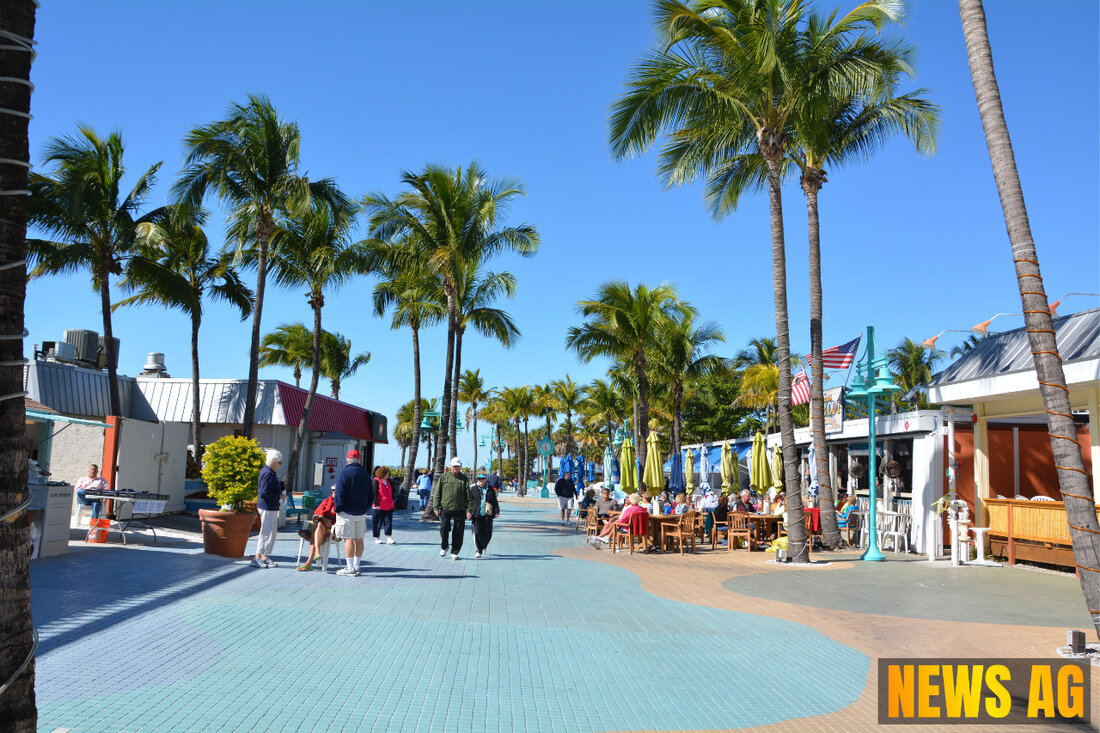Space Coast Faces Environmental Strain as 66,000 New Residents Arrive
Explore Brevard County's projected growth by 66,000 residents, challenges in environmental preservation, and transportation needs.

Space Coast Faces Environmental Strain as 66,000 New Residents Arrive
As Brevard County prepares for a population surge of over 66,000 residents in the next decade, balancing growth with environmental preservation remains a pressing challenge. According to Florida Today, the rapid influx of people will strain public services and put ecological areas like the Indian River Lagoon and St. Johns River at risk.
Traffic is a significant concern, with outdated infrastructure facing the added burden of increased residents while hazardous conditions for pedestrians persist. Brevard County ranked No. 11 among the deadliest metro areas for pedestrians from 2018 to 2022, as noted by Smart Growth America. Essential road projects are prioritized by the Space Coast Transportation Planning Organization, including the widening of State Road 528 and Ellis Road and the replacement of the State Road 401 bridge. However, many of these projects remain unfunded, necessitating roughly $2.65 billion from 2030 to 2050, with only 17% currently secured.
Environmental Initiatives and Challenges
The environmental challenges are numerous. Climate change has intensified water quality issues and droughts in local lakes and rivers, while Brevard County grapples with sewage overflow problems, ranking second in the state with 33 million gallons spilled from 2017 to 2018. Utilities are making strides to upgrade sewer plants and transition homes from septic systems to a central sewer system. Efforts are underway to expand wastewater treatment capacity at the Merritt Island Sykes Creek plant by 300,000 gallons per day by 2027, as reported by Florida Today.
Moreover, the Save Our Indian River Lagoon Program aims to combat nutrient pollution affecting the lagoon. Funded by a half-cent sales tax approved by county voters in 2016, the program is projected to generate up to $586 million over the next decade, targeting an annual reduction of 1.3 million pounds of nitrogen and 106,000 pounds of phosphorus. This initiative highlights collaboration among organizations such as the National Estuary Program and the St. Johns River Water Management District, illustrating a focused effort to improve stormwater management.
Community involvement is essential in these efforts. The Citizen Oversight Committee is tasked with overseeing project timelines, costs, and nutrient removal effectiveness while also staying engaged with community proposals. Tools, like the Algae Bloom Mapping Reports Story Map and the Sentinel Viewer Tool, provide transparency about lagoon health, demonstrating the program’s commitment to keeping residents informed.
Future Projections and Community Engagement
Looking ahead, the implications of climate change extend beyond immediate pollution issues. Sea-level rise could expose over 1,600 critical infrastructure assets to flooding by 2050. As pressures mount from real estate interests influencing growth decisions, the politicization of sustainable development presents hurdles for local governance. The Brevard County Commission’s historical favoring of growth policies complicates efforts to maintain a balance between development and ecological integrity.
In tackling these multifaceted challenges, green infrastructure initiatives are gaining traction. A project focusing on engaging the historically underserved Black community in Cocoa West is fostering discussions around potential interventions for flooding and promoting community resilience. As noted by Florida Sea Grant, the ongoing coordination with local and state partners reflects a commitment to integrating these efforts into regional land protection strategies.
For Brevard County, the road ahead is littered with challenges, but there’s something to be said for a community willing to adapt and engage. Balancing growth, environmental sustainability, and community needs will require diligence and cooperation among all stakeholders. The stakes are high, and success will depend on the collective will to preserve the natural beauty of the region while accommodating new residents.


 Suche
Suche